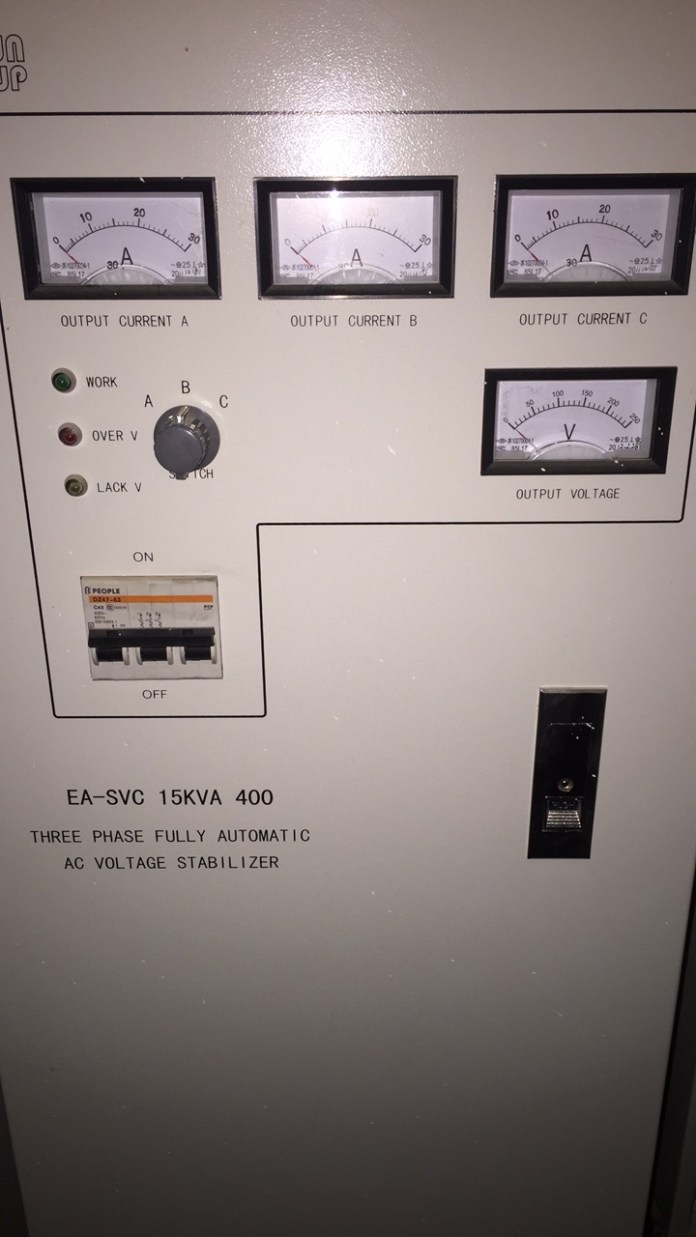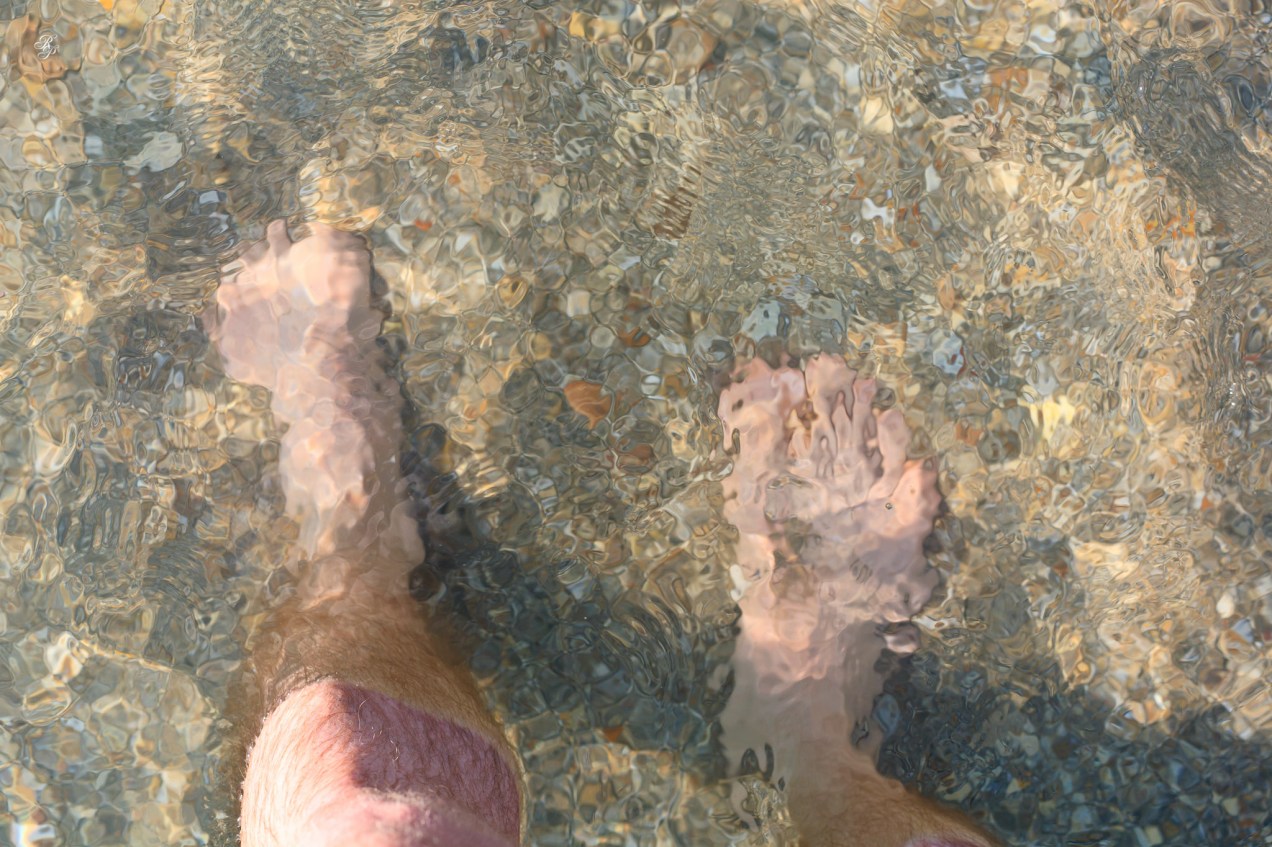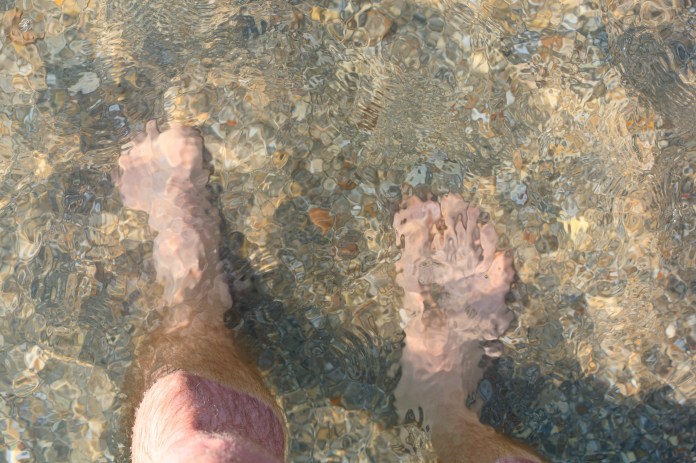Here’s what I keep saying to every friend and acquaintance who visits my house: you definitely need a voltage stabilizer if you live in Romania.

Around midnight last night the current started fluctuating wildly. Our UPS units were going crazy, clicking and kicking on and off, trying to contain the power fluctuations and cutoffs. After quickly shutting off all important equipment in the office, I went to see the voltage stabilizer down in the basement. It was going nuts as well trying to keep the current to our house stable, its arms moving quickly back and forth across the copper coils, barely containing the madness. I shut off all current to the house, fearing the stabilizer would burn out.
As I write this, it’s past noon (the following day) and the current still isn’t back on. Oh, it’s been back on and off sporadically, but nothing reliable to speak of. And I found out from one of our neighbors that the scrambling and bungling Electrica (that’s the power company) employees reversed the polarity on one of the phases in the neighborhood, which means they potentially burned out some people’s electrical appliances. As a matter of fact, another neighbor said his heating furnace shorted out and almost caught fire from all the electricity problems during the night.
This is part of the price one pays for living in Romania. It’s a beautiful country, but as they say, caveat emptor.
You may recall unreliable electrical power was partly to blame for a massive data loss that occurred to me a few years ago, before I replaced all wiring and fuses in the house and added the voltage stabilizer. The Drobo units I was using then simply didn’t have the capability to keep the data uncorrupted when experiencing multiple power failures within a short amount of time. They’d simply lose track of some bits, and then the corruption would spread across the drives, eating more and more data, to the point where the Drobo would cease to mount. Nowadays, Drobos come with built-in batteries that allow them to safely complete data operations and shut off in case of a power failure, and they also have some algorithms in place to ensure that data corruption is kept at bay, but it’s hard to trust a device meant to keep your data safe once it’s lost about 20% of your most treasured data, isn’t it?



